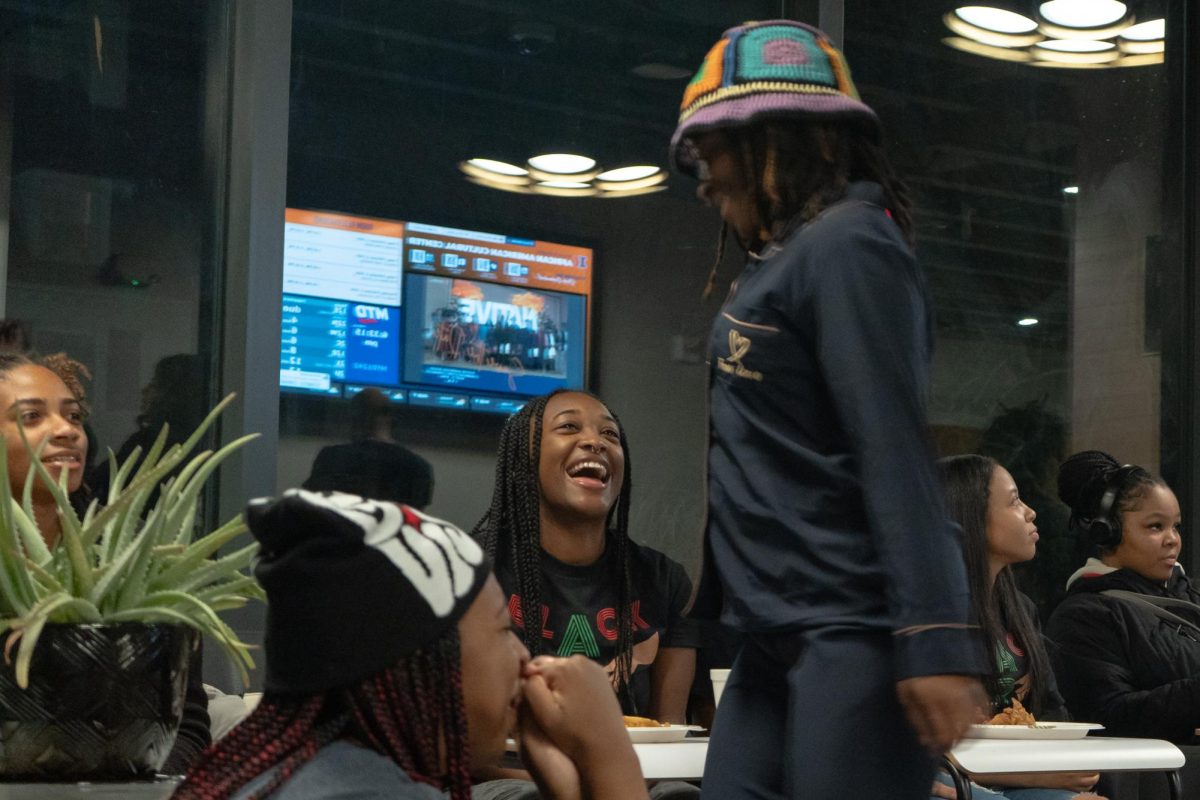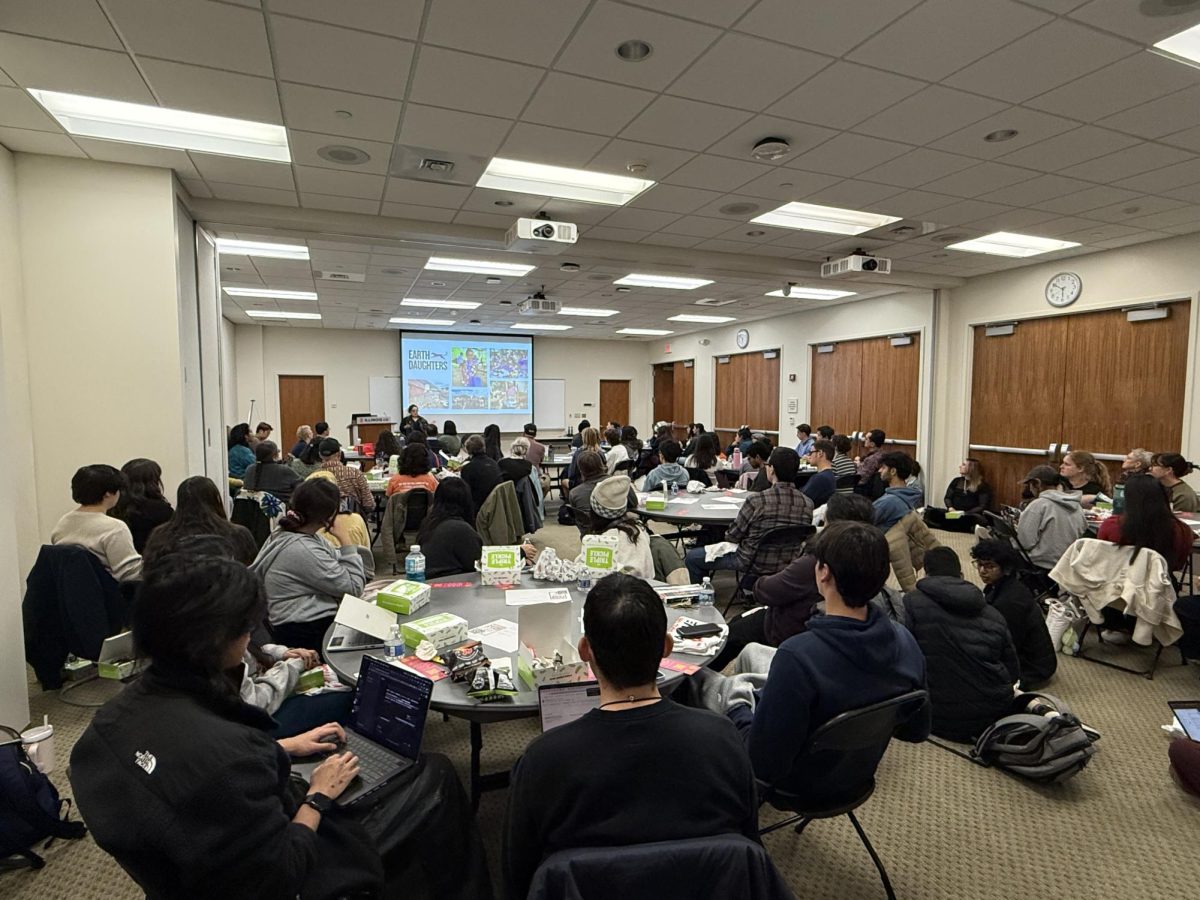Last updated on Feb. 17, 2024 at 11:15 p.m.
Curated by Ruby Mendenhall and Florence Adibu, The Black Joy Project at the Spurlock Museum celebrates the resilience and lived experiences of Black women and girls. This project features an art exhibit and various programming held throughout the year.
The exhibit paid special attention to COVID-19 and social unrest after the deaths of George Floyd, Breonna Taylor and others. Alongside the exhibit, scheduled events include performances, business expositions and workshops.
The exhibit is set to expand and feature more pieces as the year progresses. Several of the displays are interactive and will be completed by visiting patrons. Organizers said these interactive features are meant to reflect the joy present in the community.
Mendenhall, professor in LAS and co-curator of the exhibit, explained what The Black Joy Project meant to her.
Get The Daily Illini in your inbox!
“It really to me is a manifestation of a dream … to have something as beautiful as this,” Mendenhall said. “It feels overwhelming but it feels so good, it feels joyful.”
Mendenhall and Adibu were inspired by W. E. B Du Bois’ 1900 Paris Exposition — an exhibition that displayed images of African American children and adults as an effort to combat racism — to curate The Black Joy Project.
In Mendenhall’s speech at the opening reception on Friday, she went into detail about the inspiration for this exhibit.
“The history of Black people in the U.S. is portrayed through the lens of struggle and distress, and that’s an accurate lens, but I’d say it’s an incomplete lens,” Mendenhall said. “There’s joy, resilience, happiness, imagination … we also wanted to represent that.”
Mendenhall and Adibu collected photographs of Black mothers and their children for the current largest display of the exhibit entitled “Humanity and Joy.”
“We see the world through their eyes … They went out into their world and brought their world to us,” Mendenhall said.
Another section of the exhibit, “Grief and Loss,” holds paintings made by the artist Keith Jacobs depicting the smiling faces of women who recently lost their children to gun violence. These women were part of a healing circle group led by Adibu.
“We cried, we laughed, we cried again,” Adibu said.
Several quilts made during the Civil Rights Movement are also on display. Curators said these quilts are meant to represent the resilience, survival and hope of the women who made them during a time of hardship.
As the year continues, curators said the project will continue to grow. Anyone can visit the exhibit at Spurlock Museum during visiting hours to view The Black Joy Project until Dec. 1.
“I want people to think about in their own lives what brings them joy, especially during difficult times and hopefully this can be some inspiration for that,” Mendenhall said.










